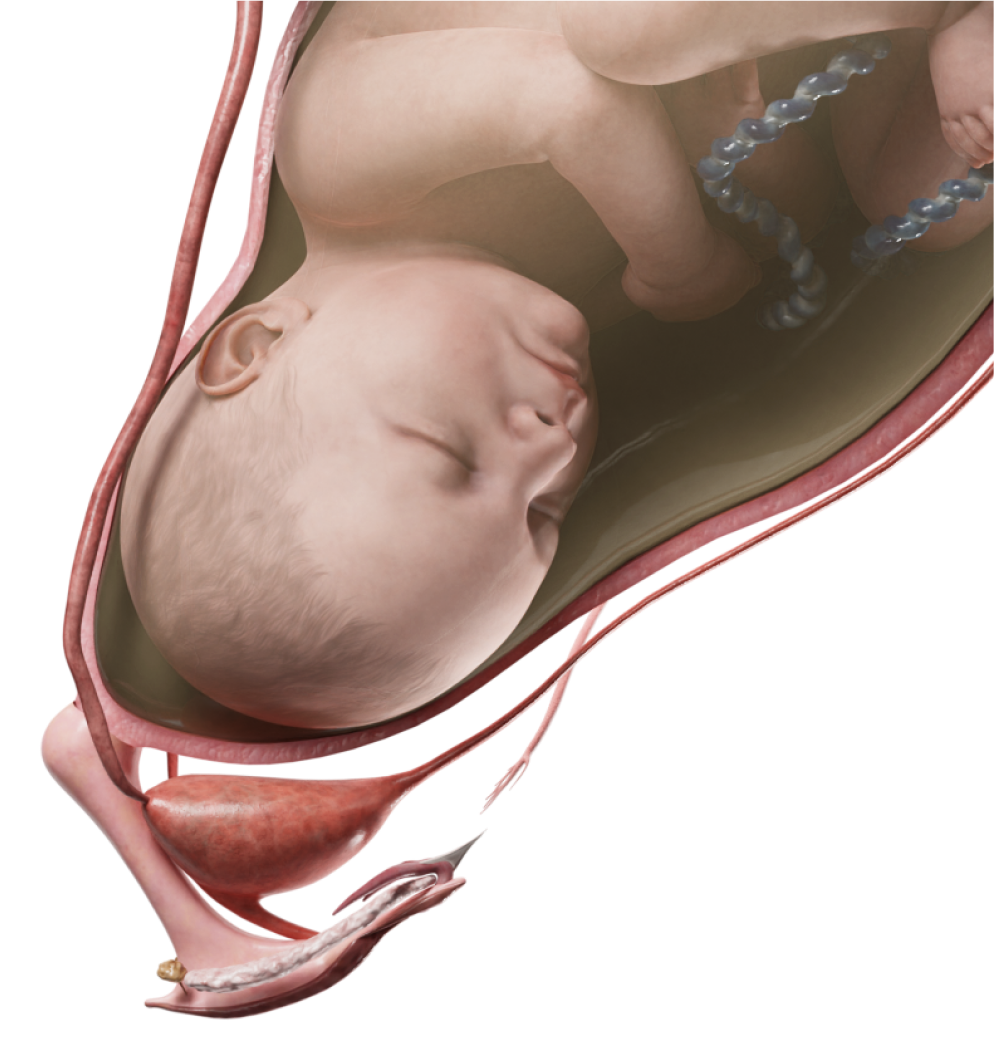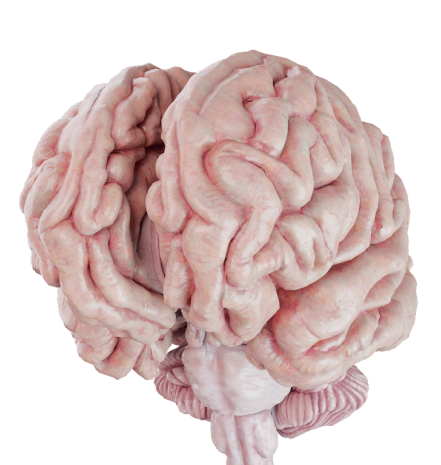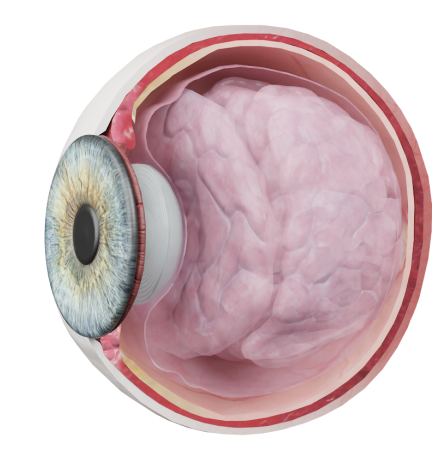Noninfectious disorders of external ear
What is Noninfectious Disorders of External Ear?
This group covers any disorders of noninfectious origin that is not yet clear. Typically, they tend to occur without any evident cause.
Classification
General disorders:
- Earwax impaction
- Foreign bodies in external auditory canal (nonliving)
- Foreign bodies in external auditory canal (living)
- Osteoma of external auditory canal
- Exostosis of external auditory canal
- Polyp of external auditory canal
- Cholesteatoma of external auditory canal
Dermatological disorders accompanied by pruritus:
- Eczema of external auditory canal
- Auricular eczema
- Contact dermatitis
General Disorders
Etiology
Earwax or cerumen blockage, also referred to as earwax impaction, is common in individuals with excessive cerumen build-up and those who routinely clean their ear canal with improvised aids (cotton swabs, pins, wooden matches, needles, or toothpicks), which can push the substance deeper into the canal.
Nonliving foreign bodies are typically found in the external auditory canal of children who are exploring their body and insert different objects into their ears as a form of play. In adults, this condition often occurs when an individual attempts to clean their ear with available tools. Occasionally, a physiological disorder may provoke aberrant behaviors leading to ear trauma. Animate foreign bodies, such as cockroaches, flies, and spiders, can enter the ear canal on their own. This tends to occur during sleep or while being outdoors, for instance, in the woods.
Osteomas and exostoses correspond to benign bony growths of the external auditory canal. There is currently no scientific data to explain their origins. Some studies have shown that exostoses are more common in professional swimmers, primarily among men.
Polyps and cholesteatomas may be secondary to injuries to the ear canal or the tympanic membrane, chronic infections of the middle ear, ongoing trauma, and integument maceration. They may occur after harsh removal of foreign bodies and earwax plugs, but such cases are rare.
Anatomic Pathology
Ceruminous glands are located in the initial cartilaginous part of the ear canal. This part changes its shape when the temporomandibular joint moves, which generally happens during mastication or speaking. When the structure comes into motion, it pushes the cerumen through the ear canal and out. Any attempts to clean the ear canal with various items (including cotton swabs) lead to earwax being forced into the bony part of the ear. Since the bone does not move, the cerumen cannot make its way out naturally and may block the canal.
In general, foreign bodies do not cause any damage to the ear canal, with abrasions or hematomas being extremely rare cases. However, an organic matter, such as legumes, may expand and completely block the ear canal lumen, snug against its skin. Batteries pose a particular risk, as they tend to generate chemical burns and damage the tympanic membrane and the middle ear, in addition to the ear canal. Animate foreign bodies (insects) may damage the skin inside the ear canal while they are active.
Osteomas are true benign outgrowths of the bone. These tumors are generally single, unilateral, pedunculated masses that originate from the temporal bone close to the tympanosquamous fissure. In cases of marked growth, the ear canal lumen may be blocked.
Like osteomas, exostoses are also noncancerous bony growths. However, they tend to be multiple, bilateral, and sessile, and radiate from the tympanic ring.
An external auditory canal cholesteatoma, on the other hand, is a cystic structure lined by keratinizing stratified squamous epithelium infiltrated by cholesterol. It is commonly found on the wall of the ear canal and may potentially obstruct the lumen completely as the condition progresses.
Polyps of the external auditory canal originate from the mucous membrane of the middle ear or the tympanic membrane. Visually, these appear as cushion-like, round, moist, soft-tissue masses that can produce mucous discharge and completely block the ear canal.
Clinical Manifestations
Earwax impaction may lead to discomfort, a feeling of fullness, noises in the ear, conductive hearing loss, and sometimes dizziness. Upon examination, these formations appear as cerumen accumulations that block the ear canal lumen.
Nonliving foreign bodies typically cause discomfort, dull aching pain, a sensation of liquid pouring in the ear, extra sounds, and impaired hearing. Some foreign bodies, which expand when wet and completely block the lumen, may be even more painful and produce pressure ulcers and damage to the underlying tissues. Batteries also fall under this category. Living foreign bodies (most commonly insects) can cause discomfort due to their movements and sounds, making the ear tender and causing the individual to become prone to panic or fear. If a foreign body remains inside the ear canal for an extended period of time, the skin may become injured and consequently infected, that sparks edema and discharge.
Occasionally, these objects may even grow into the tissues of the ear canal and may subsequently be covered by the skin. However, such instances are rare and take years to develop.
A cholesteatoma can result in constant itching, a sensation of a foreign body inside the ear canal, or impaired hearing. Discharge and tenderness may arise following an infection. An external auditory canal polyp may also lead to diminished hearing and a scant mucous discharge.
Diagnosis
Otoscopy is a straightforward method that can reliably reveal earwax impaction or foreign bodies, along with any changes induced by them.
However, otoscopy may not be sufficient to diagnose conditions such as exostoses, osteotomas, cholesteatomas, and polyps. These conditions usually require a CT scan of the temporal bones to identify the location and extent of the lesion. Any other formations should undergo microscopic examination.
Treatment
Impacted earwax may be removed in an outpatient department. The procedure is as follows: the ear canal is rinsed with a warm sterile solution (typically furacin). Some cases may require the impaction to be soaked with a warm 3 % hydrogen peroxide solution or retracted with a special tool (for instance, a hook). The same rinsing and retraction techniques apply to any foreign bodies, except for legumes, which should not be soaked to prevent them from expanding. Tweezers are generally avoided because when the arms close, they may propel a foreign body deeper into the ear. Sometimes, before any manipulation, a few drops of an alcohol solution may be introduced into the ear canal. This dehydrates organic matter and immobilizes insects. In severe cases, surgery may be needed to remove foreign bodies. This is typically conducted under anesthesia using a microscope.
Surgery may also be required when an exostosis or osteotoma blocks the lumen, affecting hearing or promoting long-term recurrent otitis externa. The structures are then excised and the ear canal anatomy is restored. If a formation is small and the tympanic membrane is visible, a standard follow-up will suffice.
A cholesteatoma of the external auditory canal should be regularly irrigated by an ENT specialist on an outpatient basis. If the condition persists and conservative therapy proves ineffective, surgical irrigation followed by meatoplasty is performed.
An external auditory canal polyp is typically removed during surgery. The site is treated with semi-spirituous drugs beforehand to dehydrate the structure and reduce its size.
Bear in mind that cholesteatomas and polyps arise secondary to an underlying disease. This means that treatment can only be effective when the etiology is addressed.
Dermatological disorders accompanied by pruritus
Etiology
Eczema of the auricle and the external auditory canal can have multiple etiologies. Typically, the root cause is a systemic disease, such as diabetes mellitus, thyroid gland disorders, autoimmune diseases, gout, exudative diathesis, or atopic dermatitis. These, in turn, can often coexist with various ear disorders (such as recurrent chronic suppurative otitis media or intermittent skin trauma), which can exacerbate the pathological process.
Skin irritants play a key role in the development of contact (allergic) dermatitis. These irritants or allergens include beauty products, jewelry, parts of earpieces that come into contact with the skin, eyeglass frames, or occupational hazards (dust or shavings).
Anatomic Pathology
Eczema is a long-lasting, relapsing, cyclical skin disorder that arises from immunologic dysfunction. The chronic phase is characterized by dry, flaky skin and lichenification (i. e., thickened and leathery skin). Additionally, the ear canal may become blocked by keratinized epidermis. In the acute phase, vesicular rash secondary to hyperemia may develop.
Vesicles tend to rupture and ooze serous fluid, leading to weeping. Subsequently, a crust forms over the lesions. Areas affected by eczema, which are exacerbated by scratching, can become infected. In this case, vesicles evolve into pustules that can also rupture and shed purulent fluid; the lesions are then covered by purulent crusts.
Allergic contact dermatitis is a delayed-type hypersensitivity reaction (type IV). This condition involves pathological changes in the skin induced by either a prolonged sensitization or reexposure to an allergen. Lesions that directly contact an allergen can develop vesicular rash and bullae filled with serous or hemorrhagic fluid. The skin appears hyperemic and infiltrated, ruptured vesicles and bullae contribute to crusting and scaling.
Clinical Manifestations
In the chronic phase, eczema of the auricle and the external auditory canal is identified solely by changes in skin appearance; other clinical manifestations are uncommon. The acute phase generates marked pruritus, desquamation, weeping, and crusts. Secondary infection can lead to purulent discharge, narrowing, and tenderness of the ear canal, which can hinder the diagnosis. Eczema typically manifests with multiple lesions on the skin in the region of the radiocarpal joints, cubital fossae, face, and scalp.
Allergic contact dermatitis gives rise to significant tenderness and pathological changes in the skin area that comes into direct contact with an allergen (as described above); pruritus tends to be less of an issue.
Diagnosis
Diagnosis is made through a patient’s medical history and physical examination. A complete blood count (CBC) may reveal an elevated eosinophil count. General symptoms such as fever, chills, and signs of intoxication are rare, as are deep auricular (ear cartilage) lesions and morphological changes.
Allergy testing may sometimes be utilized to diagnose the disorder and identify the underlying cause.
Differential diagnosis may be necessary when a secondary bacterial infection develops, in order to rule out acute otitis externa, perichondritis, acute suppurative otitis media, and other dermatitis types (including psoriasis and seborrhoea).
Treatment
This category of disorders is typically subject to conservative treatment on an outpatient basis. Contact dermatitis management can only be successful when the root cause is eliminated. Therefore, it is important to avoid any triggers, such as water contact and mechanical skin injuries, while the underlying extraorgan disease should be curtailed. If a bacterial infection has developed, antibacterial ointments should be applied locally, any lesions should be regularly treated with antiseptic solutions. Once the inflammation is under control, ointments containing glucocorticosteroids (GCS) and salicylic acid are typically recommended, with the latter having a keratolytic and regenerative effect. Oral antihistamines can help alleviate symptoms. In the chronic phase, the skin should be regularly moisturized with liniments, while prolonged contact with water should be avoided.
Physiotherapy, including UV exposure and ultra-high frequency (UHF) treatments, has been shown to contribute to positive outcomes.










